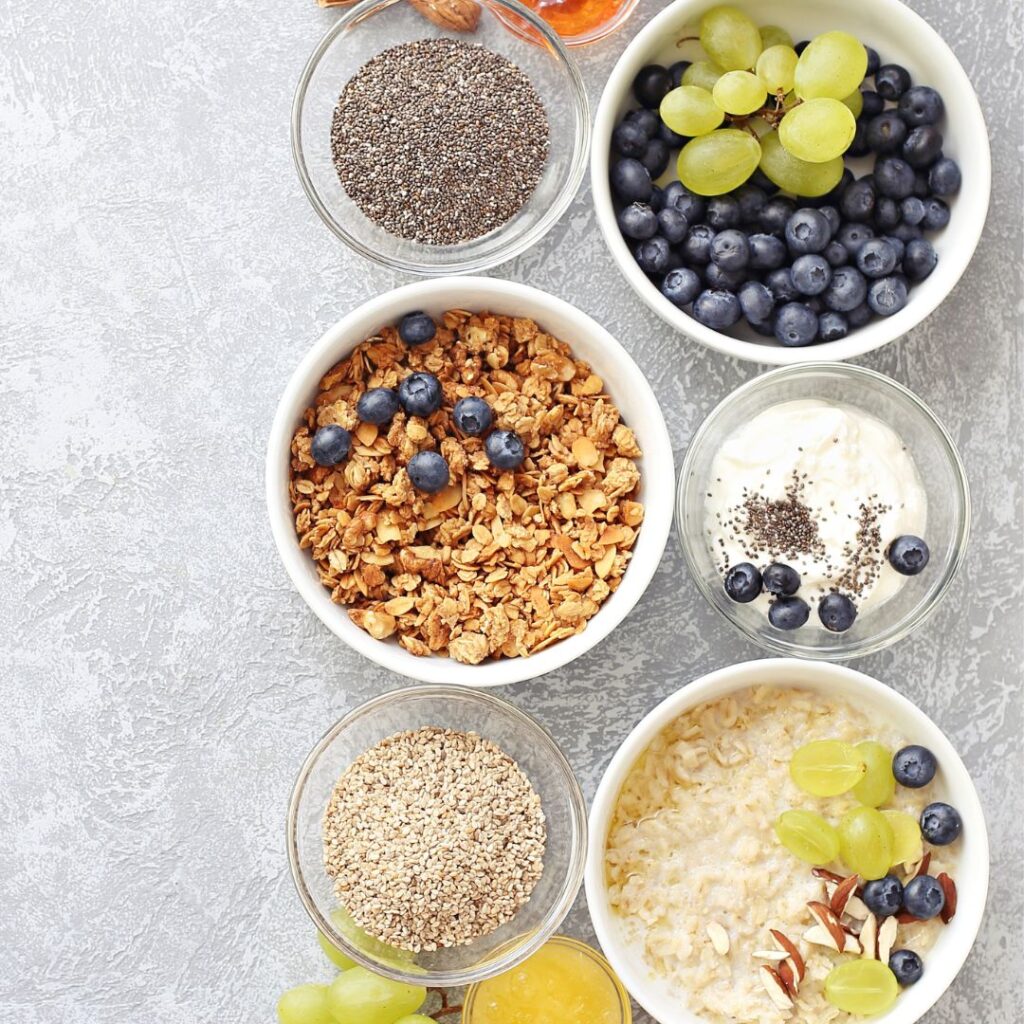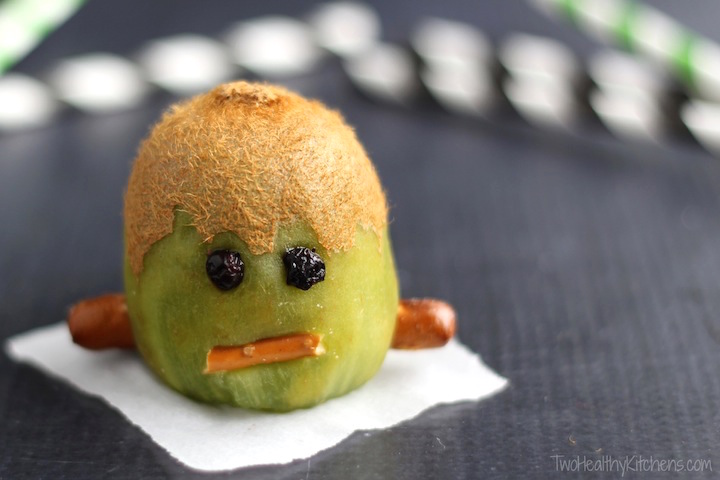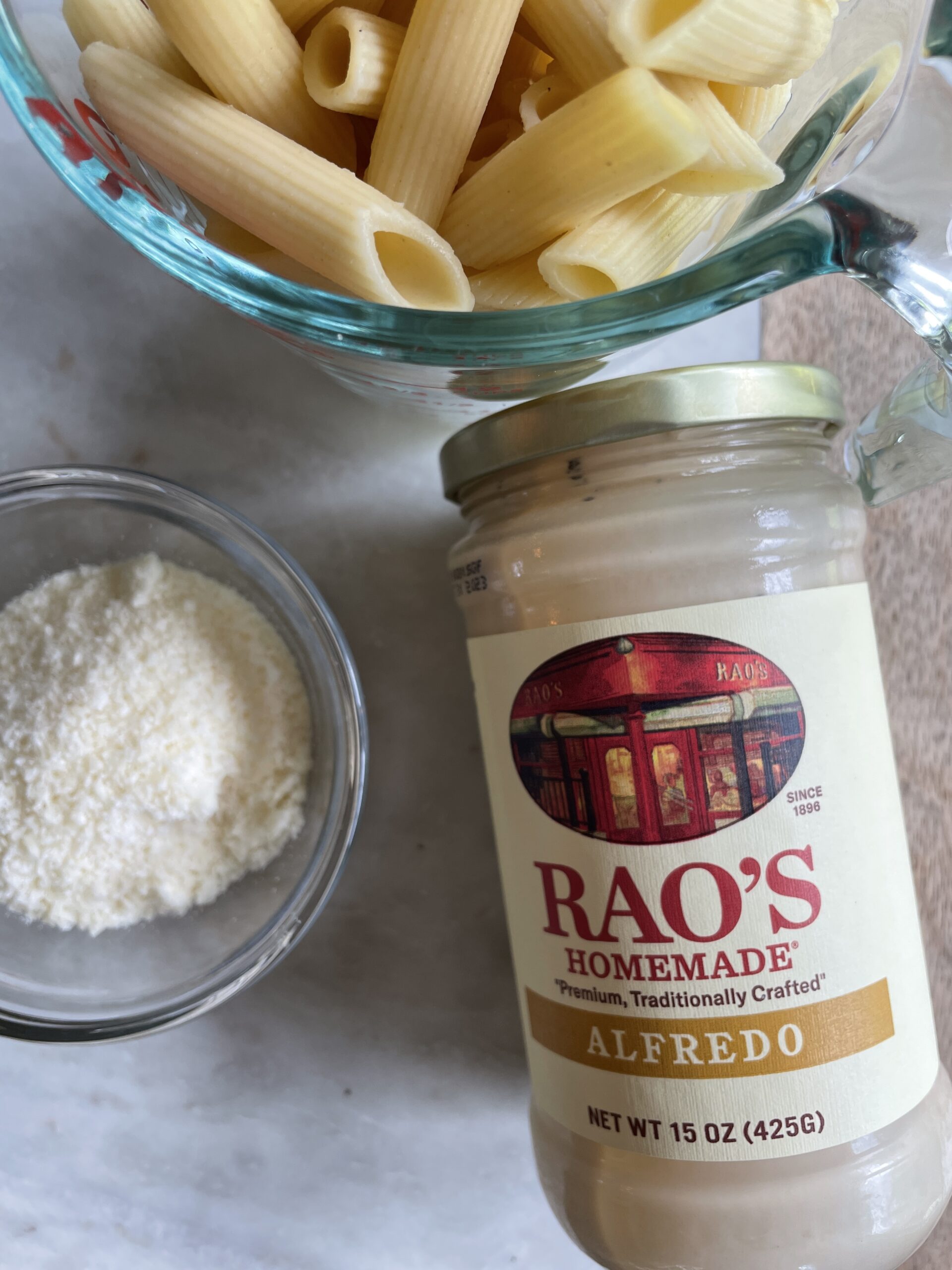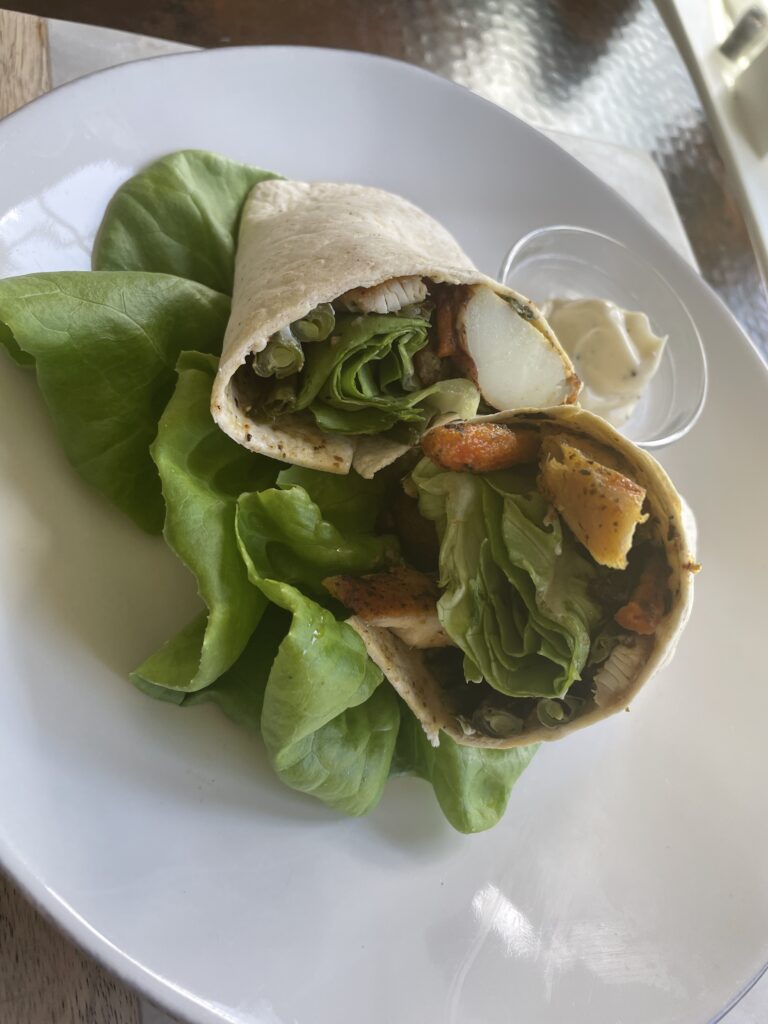I’m making the case for jarred garlic – really!
I’ve been giving this a lot of thought lately. It’s funny because, I can vividly remember chatting with a girlfriend – pre marriage, and babies – when I explicitly said “if you have any respect for yourself and cooking – you should never use jarred garlic.” She called me fancy pants and that was the end of that! Anthony Bourdain has been quoted as saying something similar too.
Jarred pre-minced garlic will never replace fresh cloves (that is where you get the best flavor). But if peeling and slicing garlic is a step of cooking that is getting in the way of YOU cooking meals at home, I say use the jarred garlic. And don’t feel guilty about it! As you start to cook more, or circumstances change, you may have more time to give to the cooking process, and your choice of garlic may change too!
Table of contents
But now that I’m in another phase of life, I see (both garlic and cooking) differently. I just don’t have the same time to enjoy the art and process of cooking at every meal. Instead, home cooked family meals are a way to be sure my husband and I and the children are eating health(ier) food instead of fast food or takeout alternatives. They’re a way to be sure we’re eating enough fruits and vegetables, and a way to save money on expensive takeout.
Since culinary school I’ve practiced the technique of mise en place. I would choose an elaborate recipe based purely on flavor or presentation, purchase ingredients in the most fresh and unprocessed form and then prepare everything according to the ingredients list. So if a recipe called for sliced garlic. I would buy garlic bulbs at the local grocery store, break off the fresh garlic cloves, peel and slice until I had enough for the recipe. Then I’d move onto the next ingredient.
Today, it’s a different story. I am open to any and all grocery store shortcuts or new products, anything that will save me time and money and help get a home cooked meal on the table – VERY QUICKLY.
Types of garlic and garlic products
- Raw whole bulb garlic can be found in the produce aisle. They’re covered in a white papery skin and last for quite some time at home when stored in a cool dry place. Not the refrigerator. These will have a stronger flavor than other “processed” garlic options.
- Elephant garlic is a favorite of mine because 1 clove is equal to at least 2-3 normal cloves so it’s less labor to peel and easier to slice.
- Black garlic is more earthy and not the same as traditional white garlic.
Aside from the traditional raw forms of garlic, you can also find other garlic products. Experiment with using different sources of garlic next time you make a pasta sauce or salad dressing. Then use wha you prefer.
- Pre-peeled whole cloves of garlic can be found in produce sections. Caution with these because once you open the package, they will need to be used within a week or so. So unless you need a lot of garlic, buying these large bags may not be the money and time saving solution for you.
- Garlic paste is usually in the refrigerated section of the grocery store, but has more additives.
- Chopped garlic in small jars in the produce section of your grocery store, usually they’re sold in water or olive oil.
- Frozen garlic cubes are great because one cube is equal to one clove of garlic which makes easy measuring.
- Dried garlic in the spice aisle in the form of dehydrated garlic cloves or garlic powder. These are best for dry rubs.
- Garlic salt is a mixture of garlic powder and salt.

What is in jarred garlic?
The main ingredients are garlic, water and citric acid which is used as a preservative to prevent oxidation and browning.
Converting teaspoons to cloves
Half a teaspoon of jarred garlic is equal to one clove of fresh garlic. Jarred is not as strong as the fresh stuff, so you can get away with using a little bit more.
If you ask me, there’s no such thing as too much garlic.
Benefits of jarred garlic
- Convenient option for last minute meals – think stir fry, garlic bread, soup, salad dressing or marinade starter.
- It has a longer shelf life than other garlic products such as garlic paste or pre-peeled cloves
- No need for a garlic press
- Time saver when you don’t have time to mince garlic
- It can remove the mental hurdle of needing to peel and slice garlic which can be tedious
- No smelly hands
Negatives of jarred garlic
- You won’t get the same quality aroma filling your home – you need fresh for that!
- Nutritionally, jarred garlic doesn’t have the same health benefits because it has been pasteurized or heated during the packaging process.
- It loses it loses it’s antibacterial properties and has lower levels of allicin, a compound which may prevent certain types of cancers.1
- The garlicky flavor is not as strong as fresh raw garlic.
- It has a stigma, and your foodie friends will always hold against you.
- It can develop an off putting odor and flavor after it’s been open for too long – so be sure to keep an eye on the expiration date.
What are signs of spoilage?
If your jarred garlic started to have an off odor or becomes discolored it’s time to toss it. It can last several weeks in the refrigerator, especially when it’s sealed and stored properly. When using garlic, be sure the spoon being used is clean to avoid cross contamination from other foods.
The bottom line
Jarred pre-minced garlic will never replace fresh cloves (that is where you get the best flavor). And some dishes are not a good fit for jarred garlic – like anything you’d eat raw. But if peeling and slicing garlic is a step of cooking that is getting in the way of YOU cooking meals at home, I say use the jarred garlic. And don’t feel guilty about it! As you start to cook more, or circumstances change, you may have more time to give to the cooking process, and your choice of garlic may change too!
Recipes you can use jarred garlic in



Resources
- https://pubs.acs.org/doi/10.1021/jf8000907



























































